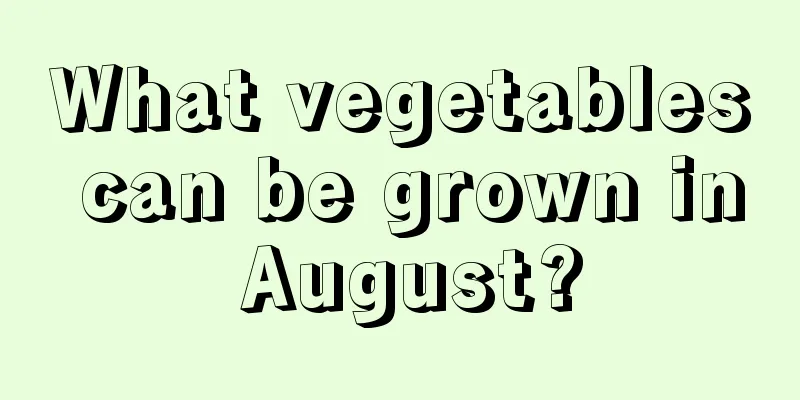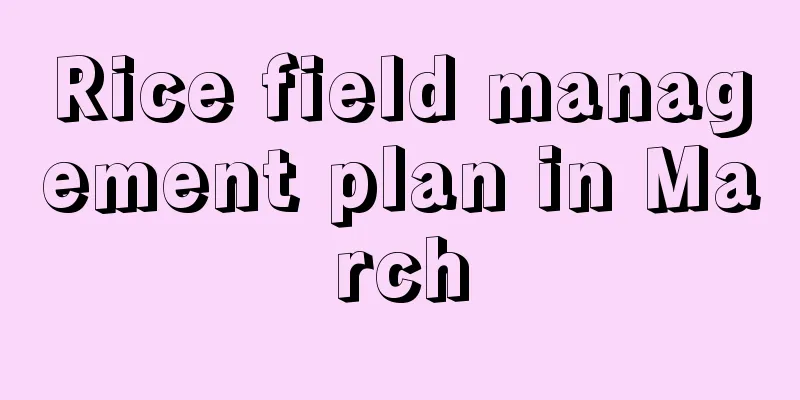What vegetables can be grown in August?

|
August is at the end of summer, and for vegetable growers , it is a critical time to prepare for the autumn harvest. Many vegetable varieties can be sown during this period to prepare for the cooler weather in autumn. So what vegetables can be grown in August? Let’s learn more about it below. What vegetables can be grown in August? 1. Leafy vegetables : such as spinach, lettuce, romaine lettuce , kale, etc. 2. Root vegetables: such as carrots , white radishes, onions, etc. 3. Melons and vegetables: bitter gourd, cucumber, pumpkin, etc. 4. Cruciferous vegetables: such as cabbage, broccoli , cauliflower, etc. 5. Beans: such as peas, beans, etc. Notes on vegetable planting in August 1. Variety selection Since the temperature is relatively high in August, you should choose vegetable varieties with good heat resistance for planting, such as lettuce, cucumber, and green beans. 2. Soil treatment Before planting vegetables, the soil should be treated, including applying fully decomposed farmyard manure and compound fertilizer , and disinfecting the soil to reduce the occurrence of soil-borne diseases. 3. Water management The temperature in August is high, the evaporation is large, and vegetables require a lot of water. Therefore, make sure the soil is moist and irrigate promptly, but avoid overwatering which can cause waterlogging and root rot. It is recommended to irrigate frequently with small amounts of water and drain as you irrigate. 4. Fertilization management Apply base fertilizer and top dressing fertilizer reasonably according to the growth cycle and nutritional needs of vegetables. Pay attention to the amount and concentration of fertilizer used to prevent root burn or soil salinization. 5. Garden cleaning Clean up residues, weeds and production waste in your vegetable garden to reduce the breeding grounds for pests and diseases. Make sure the greenhouse film is clean to improve light transmittance and thermal insulation performance. 6. Pest and disease control Pay close attention to field conditions and take timely measures to prevent and control pests and diseases. It is recommended to use biological control methods, such as releasing natural enemy insects, to reduce the use of chemical pesticides. 7. Harvest at the right time Harvest vegetables in a timely manner according to their growth conditions and market demand. Avoid damaging vegetable plants and fruits when harvesting. In general, there are many vegetables suitable for planting in August, and the specific conditions may depend on the local soil conditions and climatic conditions . In addition, during the vegetable planting process in August, you need to master some skills and methods to promote the healthy growth of vegetables and increase yield and quality.
|
<<: Vegetable Planting Management Guide in August
>>: Thyme planting methods and maintenance
Recommend
The cultivation methods and precautions of Fire Festival (how to care for succulent Fire Festival)
The succulent plant Fire Festival is a very easy ...
Hibiscus cultivation methods and precautions
Flower Pot Selection It is best to use unglazed p...
Seabuckthorn propagation method, how to propagate seabuckthorn trees
1. Seed propagation Sowing is a commonly used pro...
Does Chlorophytum comosum prefer shade or sun?
Does Chlorophytum comosum prefer shade or sun? Ch...
How to make grapefruit sprout quickly
Grapefruit germination environment Collect the le...
Things to note when planting herbs on the balcony
Balcony farming environment The cultivation envir...
How to transplant succulents so that they change color (steps for beginners to grow succulents)
How to transplant succulent plants There are usua...
Home breeding and precautions of the planet (dou)
Planet's Family Farming Method The soil of th...
What to do if azalea drops leaves
1. Replace the potting soil Because it likes to g...
How to grow bamboo taro
How to grow bamboo taro so that it will bloom Bam...
How to water tiger jasmine
1. Watering method 1. Principles of watering: Whe...
Methods and precautions for propagation of green radish by cuttings
How to propagate green radish Pothos is a plant o...
Causes and treatments of yellowing leaves of anemone
1. Temperature is too high Reason: It likes a coo...
How to deal with small flies on green radish, why are the leaves turning yellow
1. Treatment methods 1. Insecticide: After discov...
Is bellflower easy to grow?
1. Is it easy to raise? Campanula is not difficul...









